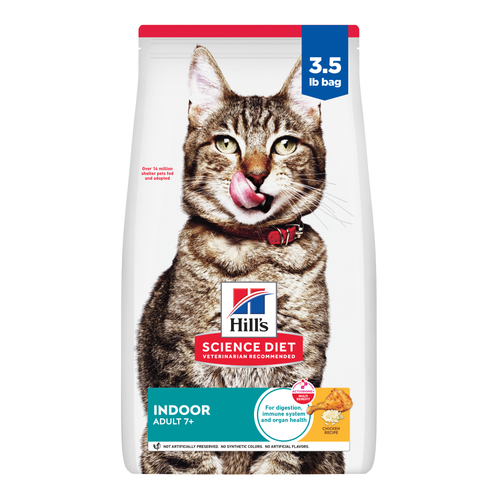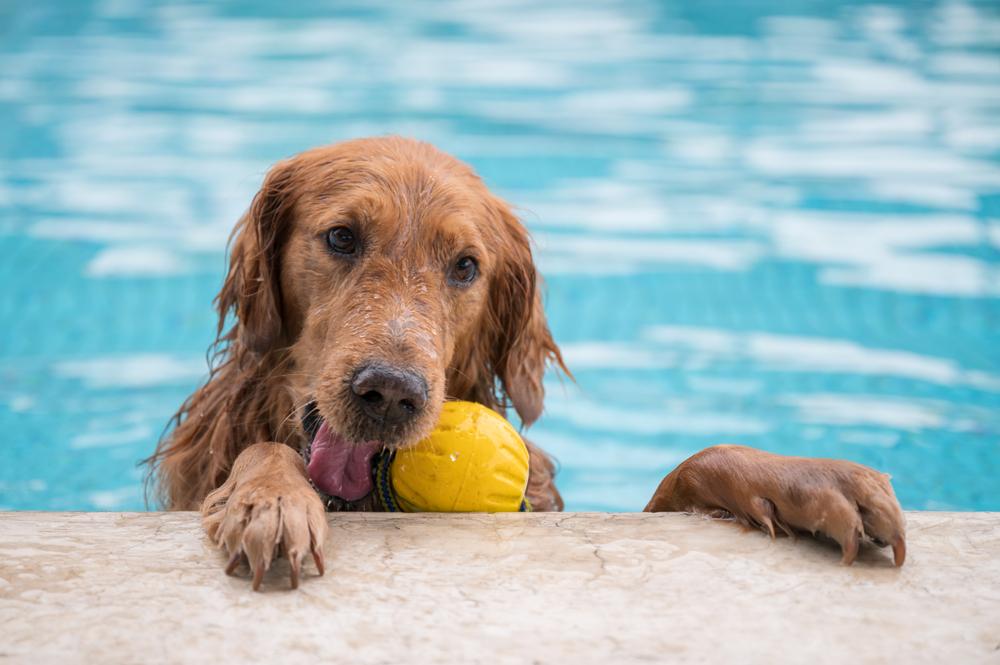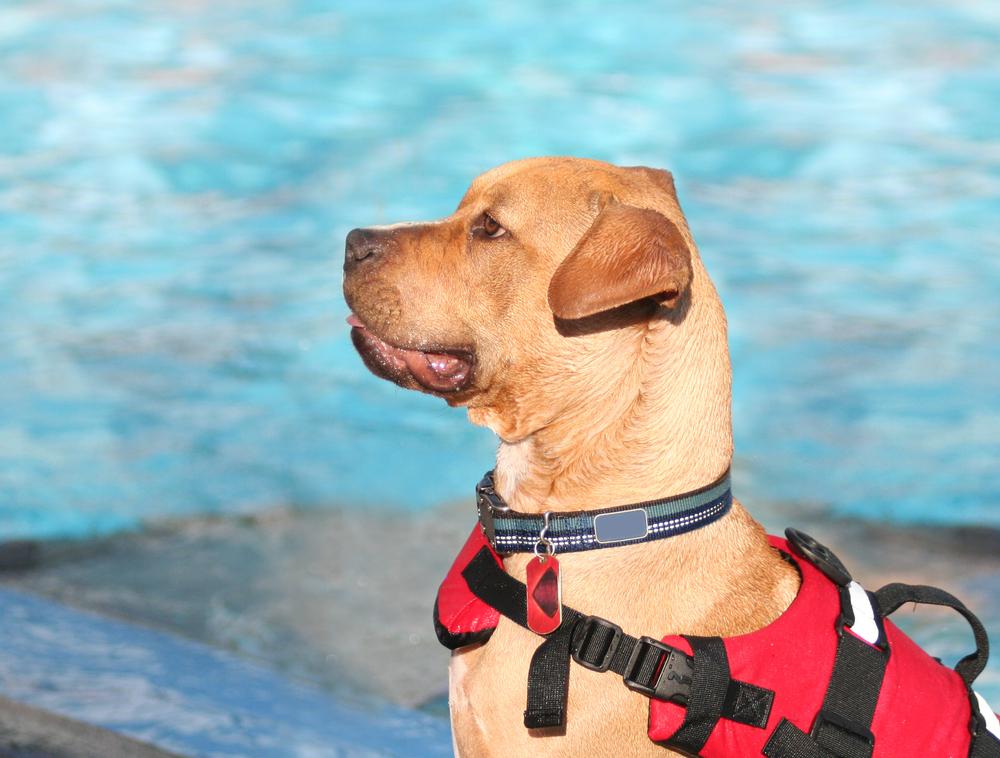
-
Find the right food for your petTake this quiz to see which food may be the best for your furry friend.Find the right food for your petTake this quiz to see which food may be the best for your furry friend.Featured products
 Adult Large Breed Chicken & Barley Recipe Dog Food
Adult Large Breed Chicken & Barley Recipe Dog FoodSupports healthy joints, lean muscle, and beautiful coat for large breed dogs
Shop Now Hill's Science Diet Adult Chicken & Beef Entrée Dog Food
Hill's Science Diet Adult Chicken & Beef Entrée Dog FoodChicken & Beef Entrée in a delicious loaf with complete & balanced nutrition to help keep adult dogs active and healthy
Shop Now Adult Chicken & Barley Recipe Dog Food
Adult Chicken & Barley Recipe Dog FoodSupports lean muscle and beautiful coat for adult dogs
Shop NowFeatured products Senior Vitality Adult 7+ Tuna & Vegetables Stew
Senior Vitality Adult 7+ Tuna & Vegetables StewImproves Everyday Ability to Get Up & Go
Shop Now Adult 7+ Indoor Chicken Recipe Cat Food
Adult 7+ Indoor Chicken Recipe Cat FoodSupports energy level and beautiful fur in mature indoor cats
Shop Now Adult Turkey & Liver Entrée Cat Food
Adult Turkey & Liver Entrée Cat FoodPrecisely balanced nutrition with the delicious taste of minced turkey & liver to help fuel the energy needs of cats during the prime of their life
Shop Now -
Dog
- Dog Tips & Articles
-
Health Category
- Weight
- Food & Environmental Sensitivities
- Urinary
- Digestive
- Joint
- Kidney
-
Life Stage
- Puppy Nutrition
- Adult Nutrition
- Senior Nutrition
Cat- Cat Tips & Articles
-
Health Category
- Weight
- Skin & Food Sensitivities
- Urinary
- Digestive
- Kidney
-
Life Stage
- Kitten Nutrition
- Adult Nutrition
Featured articles What Is Littermate Syndrome? Pet Adoption Guide
What Is Littermate Syndrome? Pet Adoption GuideLearn more about littermate syndrome in dogs and cats and how to successfully navigate adoption and early socialization processes.
Read More How to Properly Mix Wet & Dry Pet Foods
How to Properly Mix Wet & Dry Pet FoodsAn Orange cat eating from a bowl filled with mixed food
Read More The Science Behind Our Love for Pets
The Science Behind Our Love for PetsLearn the scientific reasons why we have such strong connections with our pets, and what science says about the love between humans and our furry friends.
Read More -


Envisioning summer days by the pool with your dog by your side? Splashing around with your pup is what dreams are made of. Still, not all dogs know how to swim or enjoy being in the water. So before you get too attached to your plan, take a moment to learn if swimming is the right summer activity for your canine companion.
Here's a rundown of dogs in swimming pools, including how to know if your dog is ready to swim and essential safety tips to help you and your pup enjoy the dog days of summer poolside.
Are Pools Safe for Dogs?
Well-balanced chlorinated and saltwater pools are generally safe for dogs with proper supervision. That said, pool safety depends on taking some precautions before you encourage your dog to dive in.
Some dogs should avoid swimming altogether. For example, brachycephalic breeds like pugs have more trouble breathing due to their short, flattened faces and compact airways. They also tend to tire easily, and their short legs and stocky bodies make it tricky to stay afloat. All of these factors put them at increased risk of drowning. Other dog breeds generally unsuitable for swimming include corgis, bulldogs and boxers.
Before you take the plunge, ask your veterinarian if your dog is a good candidate for swimming. Even if your pup loves water, a shallow wading pool might be a better option in some cases.

How to Gauge Your Dog's Interest in Swimming
There's nothing quite like a refreshing dip in the pool on a hot summer day. It can be easy to assume your dog feels the same, but this isn't always the case. Signs your dog might want to swim include piqued interest when you toss a water toy into the pool or curiosity about the steps leading into the pool. They may even experiment with dipping a paw in the water.
If your vet gives you the green light and your dog shows interest, encourage — never force — them to join you in the water by calling their name and gesturing for them to jump in. Your dog's natural instincts will kick in as they start to doggy paddle. Guide them to the nearest exit (steps or a ramp) to help familiarize them with the pool and show them how to get out on their own.


Tasty Tips
Swimming Pool Safety for Dogs
Here's how to minimize swimming pool risks and support safe summer fun with your pup.
Provide Plenty of Drinking Water
Keep a bowl of fresh, cold drinking water next to the pool so your thirsty pup doesn't resort to drinking pool water. It's normal for your dog to take a lap or two of pool water initially as they explore their surroundings. But if they indulge beyond a taste or two, it's time to exit the pool. Too much pool water can cause an upset stomach and quickly spoil the fun. Be sure to contact your vet immediately if you're concerned about the amount of pool water your dog ingested.
Give Them a Good Rinse
Rinse your dog with a garden hose or large bucket of water after they exit the pool to wash pool chemicals and sunscreen residue off their fur. This helps prevent any irritation or dryness. If your dog develops a rash or scratches themselves excessively after swimming despite a thorough rinse, their skin may be particularly sensitive to pool chemicals. If this is the case, check with your veterinarian, and avoid the pool in the meantime.
Dry Their Ears
Gently towel dry the insides of your pup's ears after swimming. In some cases, your vet may recommend using an ear-cleaning solution to reduce moisture and keep ear infections at bay.
Pro tip: Do this step while you're still outside, as ear drops can cause dogs to shake their heads (and get their surroundings a bit messy).
Supervise Closely
Never leave your dog unattended in a pool — not even for 30 seconds while you run into the house for a quick snack. Dogs can tire quickly. If you're not in the pool with them, stay within close reach and be ready to assist at all times.
Guard Pool Access
Prevent pool access in your absence with a fence with a self-latching gate or a secure child-safe pool cover. Many areas require these safety measures by law. As an additional safety measure, you can install a pool alarm system to detect motion around the pool or indicate if the water's surface breaks. However, never use pool alarms in place of approved fences or covers.

Use a Life Vest
Doggy life vests strap around your pup, similar to a sweater, to help dogs in swimming pools stay afloat and reduce physical exertion. They often come with handles on top so you can easily pull your dog up and out of the water.
Try a Pool Float Toy
Some dogs like to float on top of the water just like us! Dog pool float toys are made from durable fabric that can withstand dog toenails and rough play. Never use a pool float to force a dog who can't swim or who's scared of the water into the pool.
And remember: A pool float toy isn't a substitute for supervision!
Consider a Pool Ramp
If your pool has ladder-style steps or another exit your pup can't navigate, try a pool ramp to make it easier for them to get out of the water.

Before you encourage your dog to dive into the deep end, check with your veterinarian to make sure they're a suitable candidate for swimming.

Enjoying Safe Summer Fun With Your Pup
Young or old, seasoned swimmer or novice, many dogs enjoy a dip in the pool, and it can be a great bonding activity. Before you encourage your dog to dive into the deep end, check with your veterinarian to make sure they're a suitable candidate for swimming. Simple pool safety tips, like providing fresh drinking water, keeping their ears dry and supervising them closely at all times, can help ensure memorable summer fun.


Dr. Laci Schaible is a small animal veterinarian, veterinary journalist, and a thought leader in the industry. She received her Doctor of Veterinary Medicine from Texas A&M University and her Masters in Legal Studies from Wake Forest University.
Related products

Chicken & Barley Entrée in a delicious loaf with great taste and precisely balanced nutrition to support 5 essential building blocks for lifelong health

Supports healthy joints, lean muscle, and beautiful coat for large breed dogs

Supports lean muscle and beautiful coat for adult dogs

Chicken & Beef Entrée in a delicious loaf with complete & balanced nutrition to help keep adult dogs active and healthy
Related articles

Wondering where can I buy a dog? Consider adoption and explore the pros and cons of adopting a dog from a breeder versus an animal shelter.

Your dog's coat and skin are a big part of your dog's overall health. Ensure you keep your dog's coat healthy, by following these simple tips.

Discover how the field of dog science is giving us more and more insights into the inner workings of our furry best friends.

Learn how to help keep your dog's immune system in tip-top shape, including nutritional immune system support for dogs and other strategies.

Put your dog on a diet without them knowing
Our low calorie formula helps you control your dog's weight. It's packed with high-quality protein for building lean muscles, and made with purposeful ingredients for a flavorful, nutritious meal. Clinically proven antioxidants, Vitamin C+E, help promote a healthy immune system.
Put your dog on a diet without them knowing
Our low calorie formula helps you control your dog's weight. It's packed with high-quality protein for building lean muscles, and made with purposeful ingredients for a flavorful, nutritious meal. Clinically proven antioxidants, Vitamin C+E, help promote a healthy immune system.

